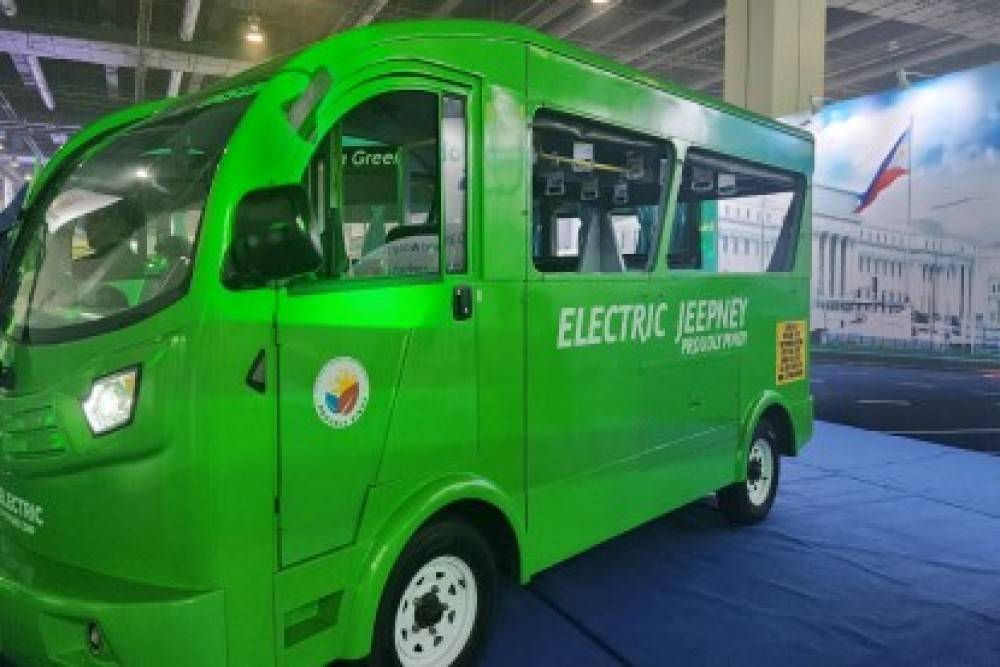The Asia-Pacific (APAC) region will need a sustainable transportation system or framework as it is experiencing rapid motorization and increasing interconnection, helping propel economic growth.
However, these developments are also leading to challenges like higher energy consumption, increased emissions, and road safety issues, according to a new United Nations report.
The UN Economic and Social Commission for Asia and the Pacific (ESCAP) has just launched the “2024 Review of Developments in Transport in Asia and the Pacific: Transitions Towards Sustainable Transport Solutions,” showing the region witnessing transformative changes in the transport sector, including the adoption of electric vehicles, smart mobility, and digitalized freight systems.
“Asia and the Pacific has experienced unprecedented motorization growth dominated by road transport demand and road infrastructure development, which are contributing to jobs and economic opportunities and increased regional connectivity. Yet, this has also increased energy use, emissions and road safety concerns at the same time,” said Armida Salsiah Alisjahbana, executive secretary of ESCAP.
Increasing interconnection is seen in the rise of new highways, railways, maritime links and advanced smart transport systems, which are driving growth and transport efficiency. But as demand rises and urbanization accelerates, coordinated efforts are essential to mitigate emissions, improve road safety, and ensure access for all, said the new report launched early November.
The research notes that rapid motorization is evident as vehicle registrations relative to population in the region has increased by 64 percent over the past decade, with countries in Southeast Asia and East and Northeast Asia growing most rapidly.
Also highlighted are the significant consequences of this growth such as a 34-percent surge in transport carbon dioxide emissions, rising road fatalities for those aged 65 and up, as well as a gender gap in the transport workforce, with women making up just 16 percent of the transport workforce.
Road transport infrastructure has also expanded by over 50 percent between 2004 and 2019, more than any other type of transport infrastructure.
Another notable finding is that road transport constitutes the highest share of passenger transport demand, with road transport demand nearly three times as much as rail transport.
Meanwhile, increasing freight demand is dominated by the expansion of road and rail transport. Although sea transport constitutes the largest share of total freight demand, road and rail transport have increased by nearly 20 percent and 15 percent, respectively, between 2015 and 2020.
The study pushed for the importance of sustainable and resilient transport infrastructure development to further support industry, innovation, and connectivity including of associated supply chain networks and cross-border freight transport.
It likewise stressed the need for higher levels of efficiency in the transport system, especially through the deployment of information and communications technology (ICT) and real-time data sharing across a supply chain.
Reducing greenhouse gas emissions and air pollution through sustainable passenger and freight transport is also a must to mitigate climate change impacts, and it can be achieved through low-carbon technologies, mode shifts, alternative fuels, and route optimization.
Additionally, improving public transport systems is needed as they serve as a core function of sustainable cities while minimizing resource use and environmental impact in the transport sector.
Recommended common sustainable transport solutions include the need to enhance capacity, match sustainable transport infrastructure needs with appropriate financing mechanisms, strengthen data collection and analysis, build greater regional collaboration and cross-sectoral cooperation, and develop, implement and enforce sustainable transport policies.


